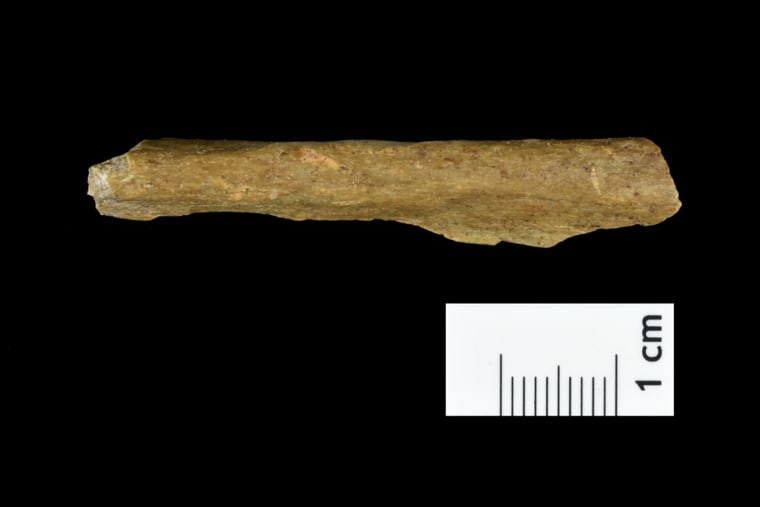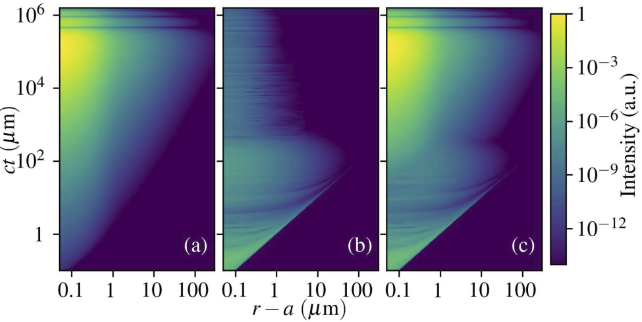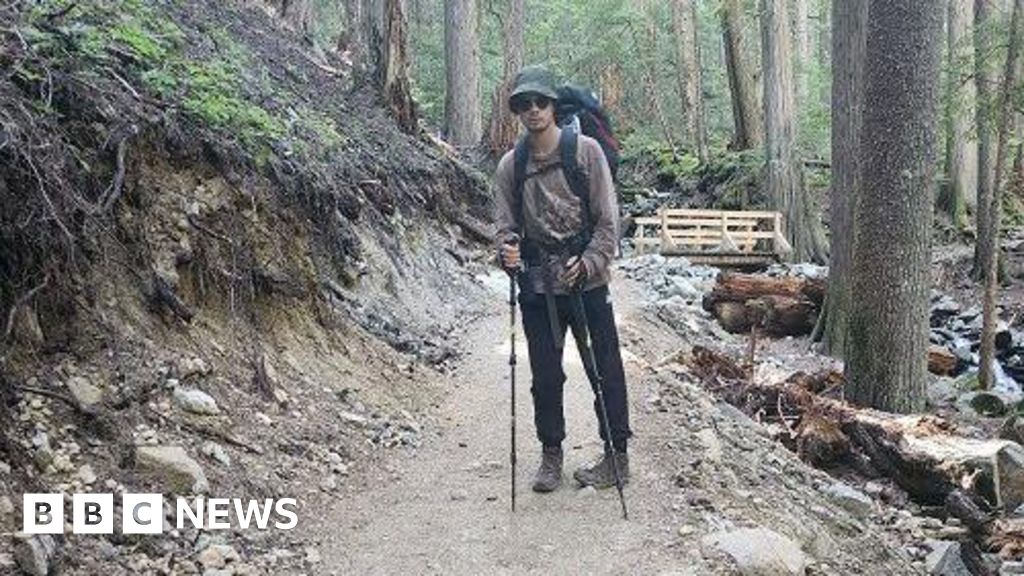Researchers have uncovered a trove of bones in a cave below a medieval German castle that is shedding light on the lives of our earliest human ancestors. These remains, which date back around 45,000 years, were found buried alongside genetic material from cave bears and hyenas. The findings, detailed in three papers published in Nature and Nature Ecology & Evolution, reveal that early humans were more advanced than previously thought, as they were able to create spear-shaped tools and thrive in extremely cold temperatures. This discovery is reshaping our understanding of the time when humans and Neanderthals coexisted in Europe.
Elena Zavala, a paleo and forensic geneticist at the University of California, Berkeley, who co-authored the studies, highlighted the significance of the site’s age and location, emphasizing the fact that Neanderthals and humans likely shared the same territory for a considerable period of time, possibly hundreds or thousands of years.
The newfound evidence may help scientists better understand the reasons behind the extinction of Neanderthals and the role that humans played in their downfall. John Hawks, a paleoanthropologist at the University of Wisconsin-Madison, expressed that the study supports the theory that various human cultures were emerging as Neanderthals were nearing extinction, showcasing different lifestyles and habits. This suggests that early humans were comfortable occupying areas previously inhabited by Neanderthals, indicating a complex and intertwined history between the two species.
The discoveries made in the cave were made possible by the use of new DNA technology. Work at the cave was initially halted in the 1920s and 1930s when researchers encountered a thick rock layer of over 5 feet, preventing further excavation into the collapsed cave. In 2016, with updated excavation technology and analysis methods, the researchers were able to resume their work. They discovered layers containing spear points and human bone fragments about 24 feet below the surface. The presence of human bone fragments led the researchers to revisit and analyze material from the previous excavation, where they uncovered additional skeleton fragments.










.webp)




